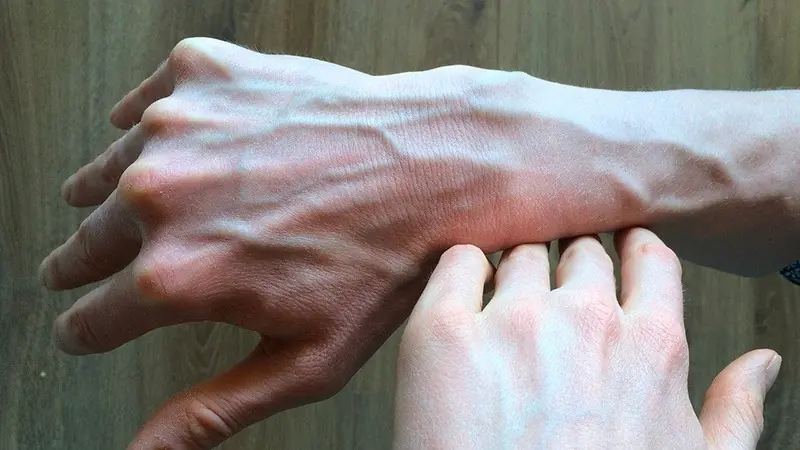The United States is confronting another alarming outbreak, but thankfully, this one isn’t as dangerous to humans as the devastation brought by COVID-19. It's a scenario straight out of Naughty Dog’s The Last of Us video game and its hit HBO series counterpart, with a strange twist. Rabbits across America have started developing bizarre, tentacle-like growths from their mouths.
While The Last of Us drew inspiration from the real-life cordyceps infection that affects ants, there are countless other disturbing animal diseases that could have provided a similar foundation for the unsettling narrative.
In June 2023, the country saw an outbreak of chronic wasting disease (CWD), which led to the creation of “zombie deer.” And now, in a strange turn of events, we're hearing unsettling reports of Frankenstein-like rabbits.
What is Cottontail Papilloma Virus (CRPV)?
A growing number of rabbits in Colorado have been diagnosed with cottontail papilloma virus (CRPV), a condition that causes horrifying visible changes in the infected animals. These rabbits exhibit dark, spike-like protrusions from their heads, tentacles emerging from their mouths, and grotesque growths that obstruct their vision.
The eerie appearance has sparked comparisons to Frankenstein’s monster from Mary Shelley’s Frankenstein, with some describing these afflicted rabbits as nightmarish hybrids that resemble a cross between rabbits and the tentacled Cthulhu.
The first case of CRPV was reported by a resident of Fort Collins, Colorado, located roughly 65 miles north of Denver. Colorado Parks and Wildlife have received numerous reports about the sighting of infected rabbits, particularly in Northern Colorado. However, it’s difficult to gauge the full scale of the outbreak, as many reports might be referring to the same infected rabbit.
The first known report dates back to 2024. Fort Collins resident Susan Mansfield recalled, "It looked like black quills or black toothpicks sticking out all around its mouth. I thought he'd die off during the winter, but he didn’t. He came back a second year – and it grew."
How is Cottontail Papilloma Virus (CRPV) Spread?
Colorado faces an outbreak of cottontail papilloma virus (Education Images / Contributor / Getty)
Much like how the chikungunya virus caused significant concern in China, CRPV is transmitted among rabbits by biting insects like fleas and mosquitoes. This means that infection rates rise during the summer months, when insect activity is at its peak.
However, Kara Van Hoose from Colorado Parks and Wildlife reassured the public that CRPV is generally benign and does not spread to other species. Infected rabbits typically recover on their own, with the virus only becoming problematic if it interferes with the rabbit’s ability to see or eat. Even so, infected rabbits may develop grotesque warts or horns.
Domestic pets are mostly unaffected by CRPV, although if you see wild rabbits in your area, it’s a good idea to keep pet rabbits indoors.
A study from the National Institutes of Health, cited by the New York Times, reveals that CRPV is far more severe in domesticated rabbits, where it can even cause cancer. If your pet rabbit is infected, you should seek veterinary help immediately.
There’s currently no known cure for CRPV, and Van Hoose emphasizes the importance of not feeding or approaching infected rabbits. Despite the unsettling appearance, she added: "Nature is metal, and this can be kind of cool looking on different rabbits."
Some social media users initially speculated that the pictures were artificially created, with one person joking, “One time I need this to be AI.”
Sadly, for Colorado’s residents hoping this is just a technological glitch, the reality of cottontail papilloma virus is very much present.































